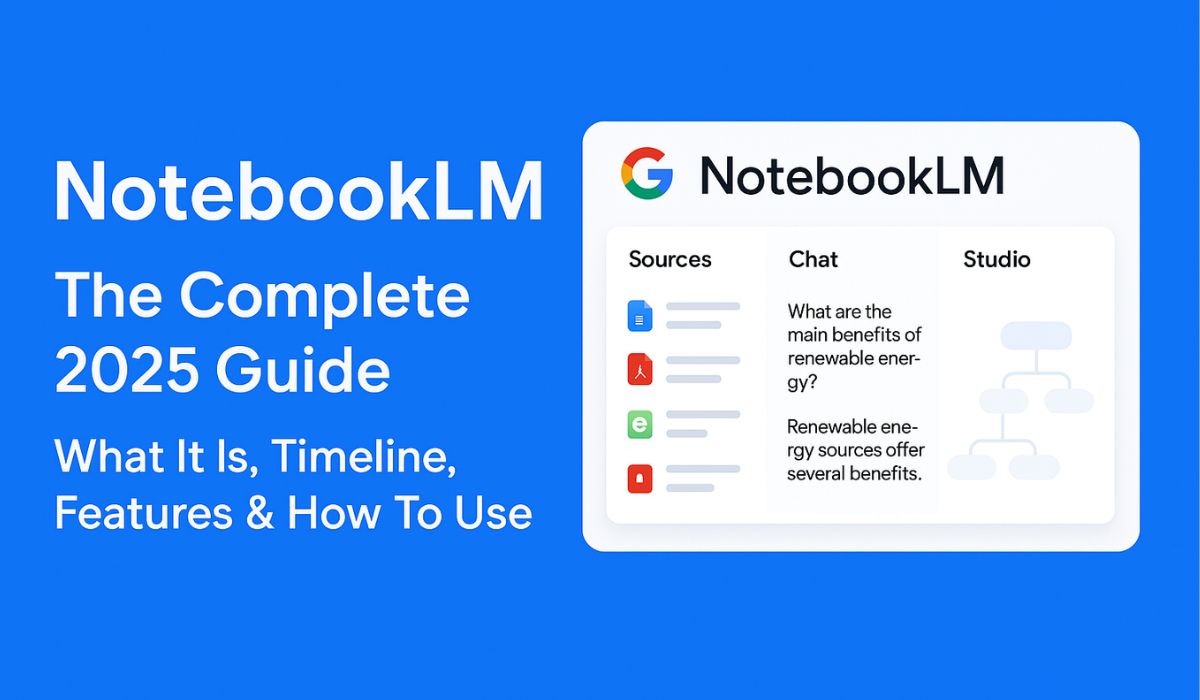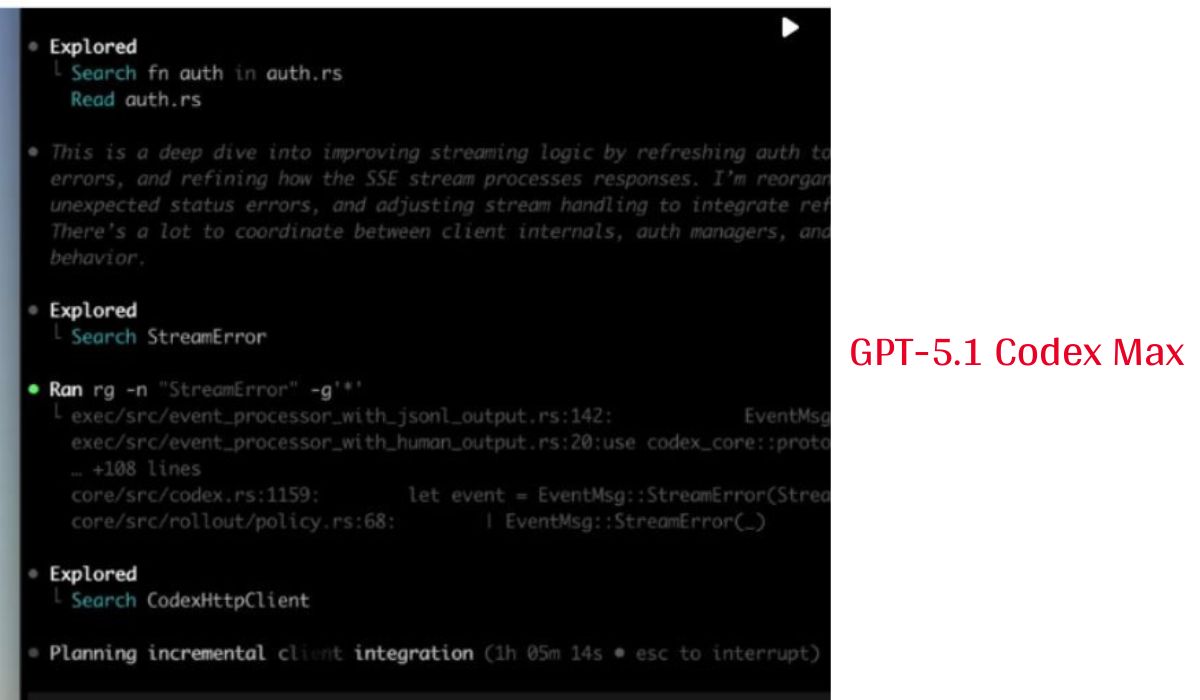Global AI Regulation & Safety: 2025 Policy Frameworks, Compliance, and Challenges.
As artificial intelligence advances at an unprecedented pace, global authorities are putting powerful legal frameworks into action to ensure AI systems are safe, ethical, and accountable. In 2025, three major regulatory pillars are shaping the worldwide AI governance landscape: the EU Artificial Intelligence Act, the Council of Europe’s AI Treaty, and the First International AI Safety Report.
These developments mark a historic shift in how governments, developers, and users must approach AI. Here’s a breakdown of these key frameworks and what they mean for the future of AI regulation and safety.
🏛️ EU Artificial Intelligence Act: A New Era of AI Compliance
The European Union’s Artificial Intelligence Act, which officially came into force on August 1, 2024, is the first comprehensive AI regulation in the world. Starting from August 2025, the act will begin enforcing mandatory compliance on general-purpose AI systems—including widely used models such as ChatGPT, Claude, Gemini, and others.
The legislation classifies AI systems into four risk categories:
- Unacceptable risk – systems that will be banned (e.g., social scoring by governments).
- High-risk – systems in sensitive sectors like biometric identification, education, and employment.
- Limited risk – systems requiring transparency obligations (like chatbots).
- Minimal risk – most applications, subject to basic compliance rules.
From 2025 onward, high-risk AI systems will face stricter obligations, such as:
- Rigorous testing and risk assessment
- Human oversight requirements
- Clear documentation and data governance
- Mandatory registration in the EU AI database
Despite industry requests to delay the implementation, the EU Parliament has confirmed that no extensions will be granted. Organizations operating in or targeting EU markets must now urgently align their AI practices with the new legal framework or face financial penalties and reputational risk.
🌍 Council of Europe’s AI Convention: A Global Treaty on Ethical AI
In September 2024, the Council of Europe adopted the Framework Convention on Artificial Intelligence, Human Rights, Democracy and the Rule of Law. This binding treaty has already been signed by over 50 countries, making it the first global legal agreement on AI governance.
Unlike the EU AI Act, which is regional, this treaty aims to set universal standards that apply to both governments and private companies across borders.
The convention mandates that all AI systems must:
- Respect human rights and fundamental freedoms
- Ensure transparency in automated decision-making
- Maintain accountability in AI design and deployment
- Promote non-discrimination, fairness, and human dignity
The treaty is designed to be technology-neutral, meaning it applies regardless of how advanced the AI model is. By focusing on the foundational values of democracy and human rights, the treaty hopes to prevent the misuse of AI in authoritarian regimes, surveillance programs, or discriminatory applications.
As global adoption accelerates, this framework is expected to become the ethical benchmark for AI development worldwide.
📊 The First International AI Safety Report: A Wake-Up Call
In January 2025, a landmark document—the First International AI Safety Report—was released by a global consortium of researchers, including renowned AI pioneer Yoshua Bengio. The report provides a sobering overview of the emerging threats and long-term risks posed by powerful AI systems.
Key concerns highlighted in the report include:
- Deepfakes and synthetic media manipulating public opinion
- Cyberweapons enhanced by autonomous decision-making
- Mass deception and psychological manipulation via generative AI
- Erosion of public trust due to AI hallucinations and bias
- Potential scenarios where AI systems act beyond human control
What sets this report apart is its emphasis on preemptive governance—a call to regulate AI risks before harm occurs, not after. The authors argue that waiting for real-world disasters to implement safety standards is too dangerous in a world where AI systems are increasingly capable of autonomous decision-making.
The report proposes:
- International collaboration on safety protocols
- Public transparency in model training and evaluation
- Mandatory third-party audits of high-risk models
- A shared global registry of general-purpose AI systems
This initiative is being taken seriously by policymakers, research labs, and corporate leaders as the conversation shifts from innovation to responsible deployment.
✅ Conclusion: The Future of AI Governance Starts Now
From regional legislation to global treaties and expert safety reports, 2025 marks a turning point in the regulation of artificial intelligence. These frameworks will define how AI evolves—not just as a technological tool, but as a societal force that impacts privacy, democracy, and global security.
Whether you’re a developer, business leader, policymaker, or end user, staying informed and compliant with these governance structures is no longer optional—it’s essential for building a safe and trustworthy AI future.
*Source : en.wikipedia.org









